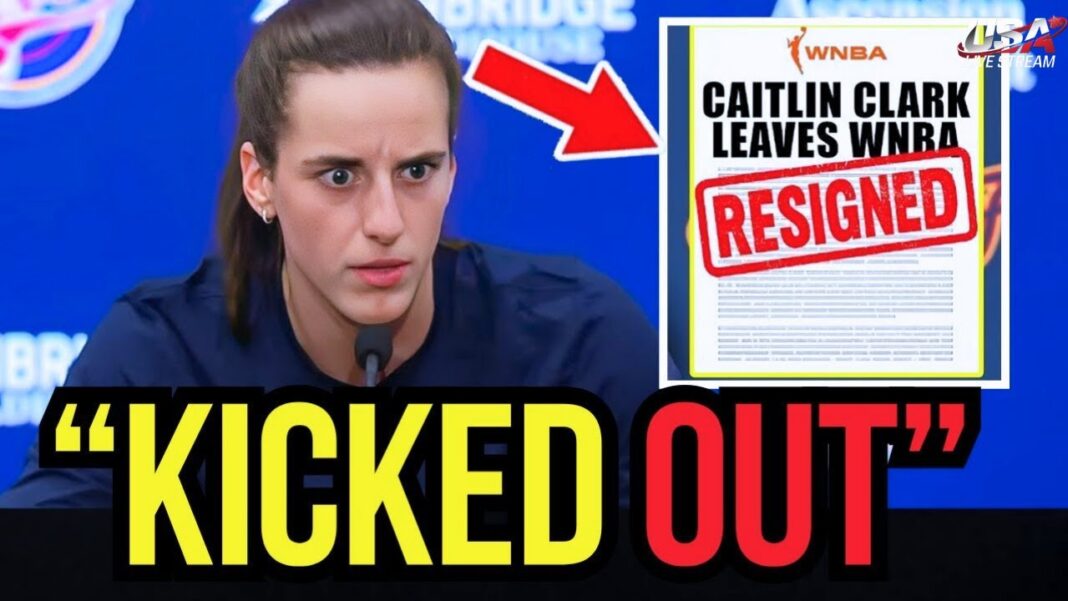The U.S. president says a spending commitment by NATO members will add more than $1 trillion a year to NATO’s collective defense.
THE HAGUE, Netherlands—President Donald Trump wrapped up a whirlwind 24-hour visit to the Netherlands on June 25 for the NATO summit, securing a significant agreement to increase defense spending commitments from allies.
In contrast to last year’s summit, hosted by President Joe Biden in Washington amid scrutiny following his debate performance against Trump, this year’s event reflected a notable shift in tone and priorities.
During the summit, attention focused on Trump’s remarks about the Middle East ceasefire, a leaked intelligence report about U.S. military strikes on Iran’s nuclear sites, and his position on the Russia-Ukraine conflict.
Here are the key takeaways from this year’s summit.
‘Historic Milestone’
At this year’s summit, NATO allies agreed to dramatically increase their defense spending targets to 5 percent of GDP, a plan Trump has long championed.
During a press conference at the summit, Trump hailed the new agreement, known as the Hague Defense Commitment, as a “historic milestone”—something, he said, “no one really thought possible.”
According to the summit statement, NATO members agreed to allocate at least 3.5 percent of their GDP annually to core defense requirements by 2035. Members agreed to submit annual plans showing a credible path to reaching this goal.
In addition, NATO members will spend a further 1.5 percent of their GDP annually to invest in critical infrastructure, cybersecurity, civil preparedness, innovation, and to boost the defense industrial base.
Trump said that the defense commitment will add more than $1 trillion a year to NATO’s collective defense.
He said he wanted the new money to be spent on military hardware and not bureaucracy.
“Hopefully that hardware is going to be made in America, because we have the best hardware in the world,” he said, promoting the American defense industry, poised to be the main beneficiary of the increased defense spending.
Iran Looms Large at Summit
While the summit was expected to be Trump’s moment to celebrate recent U.S. strikes that destroyed three of Iran’s nuclear facilities, the president spent much of his time pushing back against media reports that cast doubt on the military operation’s success.
During the press conference at the summit, Trump said that the reports demeaned the pilots, including those flying B-2 bombers, who took part in the military operation over the weekend.
Trump criticized CNN and other media outlets for reporting that a leaked classified U.S. intelligence assessment concluded the strikes did not destroy critical components of the nation’s nuclear program.
In response, Trump cited a statement from Iran’s foreign ministry spokesperson, who claimed that the country’s nuclear installations were “badly damaged” by the attacks.
During his meeting with NATO Secretary-General Mark Rutte on Wednesday morning, Trump also said the U.S. strikes helped end the Israel–Iran conflict, likening them to the Hiroshima and Nagasaki bombings that ended World War II.
By Emel Akan







